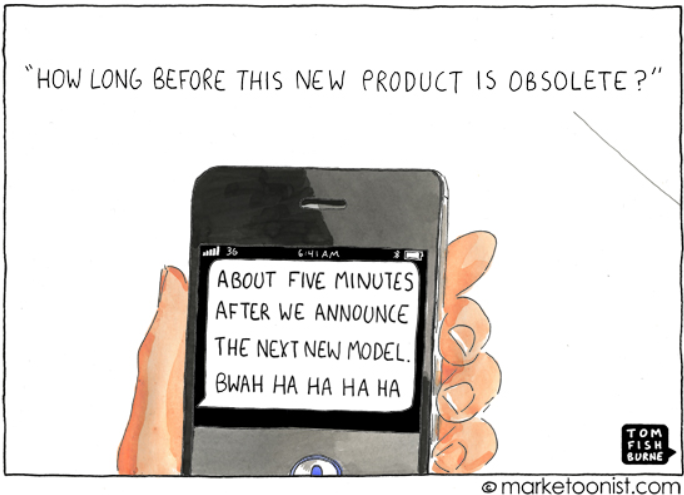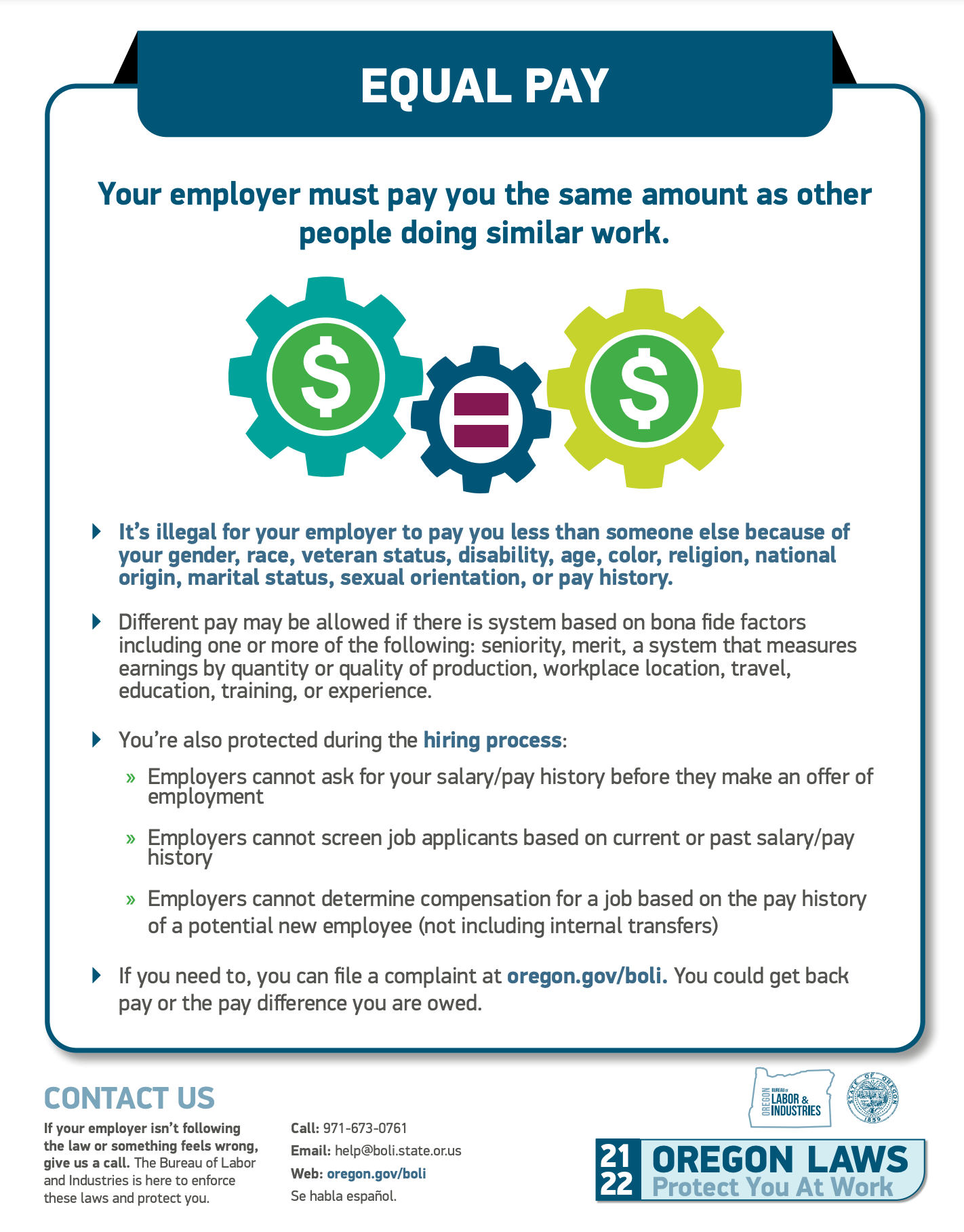Introduction

From the beginning of their interaction with the environment, humans have invented tools and methods (technology) to improve their day-to-day existence and prolong life. We ground grains between stones, shaped wood and mud into vessels, wove fibers into clothing, planted seeds to increase food supplies, forged metals to improve transportation, harnessed electricity to power machines, and used our minds to tell those machines how to behave.
These advances have created wealth as well as poverty in a multitude of ways.
In this assignment, you'll explore some of the amazing advances in hardware desigin as well as the global consequences.
Your Contribution
- Collaborate in the current Google Slides template (available via Canvas) to summarizes your chosen topic and readings.
- Then ask each other questions and suggest revisions by using the Slides Commenting feature. Be sure to @name to alert your classmates of your comments.
- Download/Print a PDF of your slide and the Bibliography slide that includes your entries.
- Submit the PDF in Canvas for a plagiarism check and score.
Design Models
Is it ethical for businesses to design products to last just a year or two? Or is it more ethical for businesses to design products that can be reused, repaired, and recycled before being discarded? Or, should businesses design products that do not contribute to landfills? Explore these key concepts by reading one or more of the following:
Reading List
- Planned obsolescence: Why things don't last.
- The Truth About Planned Obsolescence. (Ignore the ad at the end.)
- The European Union's Circular Economy Action Plan (2020)
- The Circular Economy (2020 National Geographic Forum).
- A Circular Google (2019)
-
From linear to circular: accelerating a proven concept.

Raw Materials and E-waste
Moore's Law, which states that the number of transistors in a computer chip doubles every 1 or 2 years while the cost is cut in half, has created the desire for humans to frequently upgrade their devices. Discarded electronic devices often go unused and unrecycled. Even devices that do get reused or recycled may eventually end up in a landfill if they are not disassembled and resourced. Most of the plastics, precious metals, glass, etc. can be resourced, but often are not. Explore these key concepts by reading one or more of the following:
Reading List
- The journey of an iPhone a look at the complex, global supply chain and dozens of minerals needed to build one phone.
- Cobalt mining for phones: How you could be holding a product of child labour.
- UK races to mine lithium as it focuses on electric energy.
- Lithium mining in the United States: where it stands today.
- Managing Risks to Women in Supply Chains (USA 2021)
- OECD Due Diligence Guidance for Responsible Supply Chains of Minerals from Conflict-Affected and High-Risk Areas
- MIT's MoniTour E-trash Transparency Project. Load the app and see real-time tracking of devices.
- China - World's dumping ground for Electronic Waste.
- The World’s Worst Electronic Waste Offenders (2019)
- The World's Worst Electronic Waste Offenders (infographic)
- How potential of massive e-waste dump in Ghana can be harnessed (2019)
Safety in the Supply Chain
Supply chains around the world have been greatly affected by the Pandemic of 2020-22. No only are there great increases in demand, but sometimes there is a lack of skilled workers and a lack of safety in factories and supply chains. Explore these key issues by reading one or more of the following:
Reading List
- Life and death in Apple’s forbidden city "In an extract from his new book, Brian Merchant reveals how he gained access to Longhua, the vast complex where iPhones are made and where, in 2010, unhappy workers started killing themselves." Discover more in this recent report: Apple Supplier Workers Describe Noxious Hazards at China Factory. Captioned.
- Revealed: Amazon touts high wages while ignoring issues in its warehouses.
- California's Attorney General is taking Amazon to court to force the retail giant to comply with a months-long investigation into if the company adequately protected workers from COVID-19
- How Hard Will the Robots Make Us Work?
- Our Misplaced Fear of Job-Stealing Robots
- Machine Learning in Manufacturing: present and future use-cases.
- How AI Builds A Better Manufacturing Process
- How Technology Can Improve Human Performance And Safety In Industry 4.0
- 3 Innovations In The Safety Industry Happening Right Now
Prosperity

Workers around the globe have different experiences in levels of pay rates, which has created quite a gap between the rich and poor in terms of livability. Explore these key issues by reading one or more of the following:
Reading Lists
The Majority
- Average Tech Salaries Across USA (highly-skilled) and Factory Worker Salaries in the United States (low-skilled) and Average Cost Of A Factory Worker In The U.S., China And Germany infographic.
- Foreign-born Workers: Labor Force Characteristics (USA 2019)
- High-Tech Manufacturing's Disposable Workers.
- Why Amazon Really Raised Its Minimum Wage to $15
The Minority
-
President’s Budget Rewards Work, Not Wealth with new Billionaire Minimum Income Tax (2022)
...which calls for Congress to pass legislation. Warren, Sanders, Omar, and Wyden have previously introduced Billionaire Tax ideas. Will it become law?- H.R.7502 - Babies over Billionaires Act of 2022
- Keep an eye out here for related legislation.
- Amazon’s Jeff Bezos supports Biden’s plan to raise corporate taxes for infrastructure (2021)
- Amazon And The Truth About Corporate Taxes (2021)
What can $4B do for the country?
Laws related to hardware and the workforce
Safety means people are protected from (or are unlikely to cause) danger, risk, or injury. (Google 2016). In the USA, the Occupational Safety and Health Administration (OSHA) is charged with setting and enforcing standards, reviewing complaints, and training companies to follow laws and standards. Explore laws by reading one or more of the following: